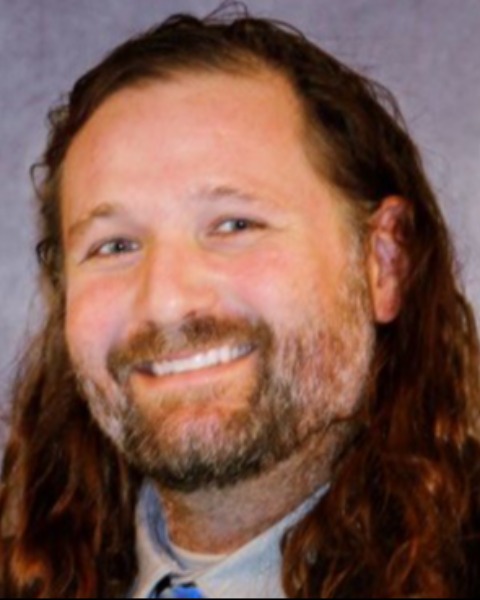Oral
Water, Wastewater & Stormwater
Respecting The Past but Changing “The Norm”: How Change Can Lead to Better Accuracy
Wednesday, May 21, 2025
10:45 AM - 11:00 AM Alaska Daylight Time (AKDT)
Room: Cook Hall

Andrew J. Czubai, II
Solutions Engineer
Autodesk, Texas, United States
Author(s)
Abstract Submission: The Planning Department at Trinity River Authority (TRA) recently took time researching alternative modeling methods to better serve our customer cities and give more accurate data to field crews. TRA operates five (5) major sewer sheds in the greater DFW area, each with their own characteristics and challenges. At any point in time, there is always at least one system undergoing a Master Plan or a Planning Update. Since our models are constantly changing and evolving, TRA decided that the traditional RTK method was no longer reliable, as it made areas with high I&I hard to identify based just on modeling parameters, doesn’t allow prolonged flow, and is difficult to “grow” a previously empty drainage area. After researching various other modeling methods, a multi-layered method was chosen, and time was allotted for the team to research and learn how to implement it. This decision was not taken lightly, as it meant loss of productivity for a prolonged period and could end with no tangible results if the team was unable to accurately calibrate a system. After a few months, the team successfully calibrated one of the sewer sheds that produces 15+ million gallons per day of wastewater during a wet weather event and was even able to accurately simulate a 2-month flow period with only a 5% difference in volume in some basins. The success of the research not only expanded the team’s modeling capabilities, but also showed the importance of continued industry education, and displayed how risking time to attempt something new can pay off.
Learning Objectives/Expected Outcome (Optional) :
Learning Objectives/Expected Outcome (Optional) :

